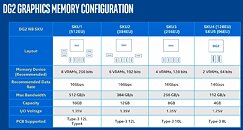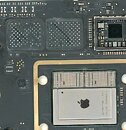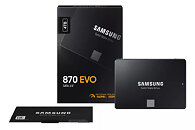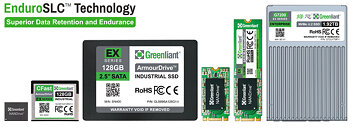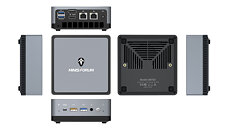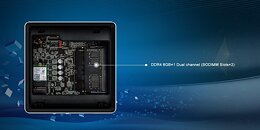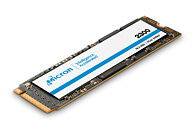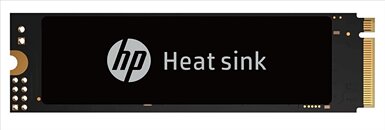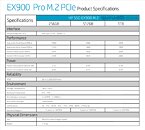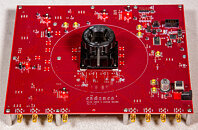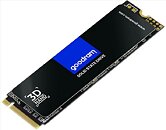
Apple Introduces Next-Generation iPad Pro, Supercharged by the M2 Chip
Apple today announced the new iPad Pro with the M2 chip, delivering the ultimate combination of portability, versatility, and unbelievable performance. The new iPad Pro features a next-level Apple Pencil hover experience and superfast wireless connectivity, along with the world's most advanced mobile display, pro cameras, Face ID, Thunderbolt, and a four-speaker audio system. New features in iPadOS 16—including Stage Manager, full external display support, desktop-class apps, and Reference Mode—take pro workflows on iPad even further. Enabled by its advanced hardware and iPadOS 16, iPad Pro has an incredible ecosystem of powerful pro apps unlike any other device of its kind. The new iPad Pro is available to order starting today, and in stores beginning Wednesday, October 26.
"The next-generation iPad Pro pushes the boundaries of what's possible on iPad, bringing even more versatility, power, and portability to the ultimate iPad experience," said Greg Joswiak, Apple's senior vice president of Worldwide Marketing. "Powered by the M2 chip, the new iPad Pro features incredible performance and the most advanced technologies, including a next-level Apple Pencil hover experience, ProRes video capture, superfast wireless connectivity, and powerful iPadOS 16 features. There's nothing else like it."
"The next-generation iPad Pro pushes the boundaries of what's possible on iPad, bringing even more versatility, power, and portability to the ultimate iPad experience," said Greg Joswiak, Apple's senior vice president of Worldwide Marketing. "Powered by the M2 chip, the new iPad Pro features incredible performance and the most advanced technologies, including a next-level Apple Pencil hover experience, ProRes video capture, superfast wireless connectivity, and powerful iPadOS 16 features. There's nothing else like it."


































